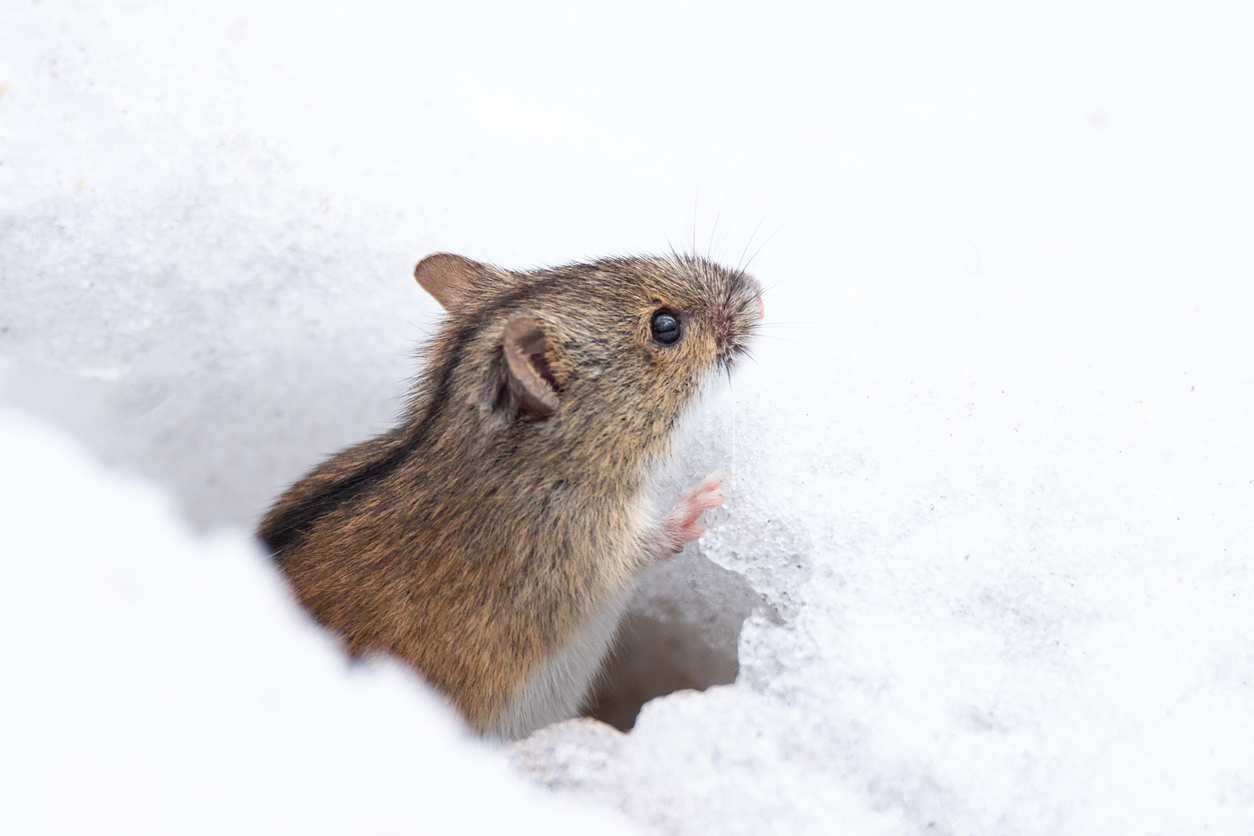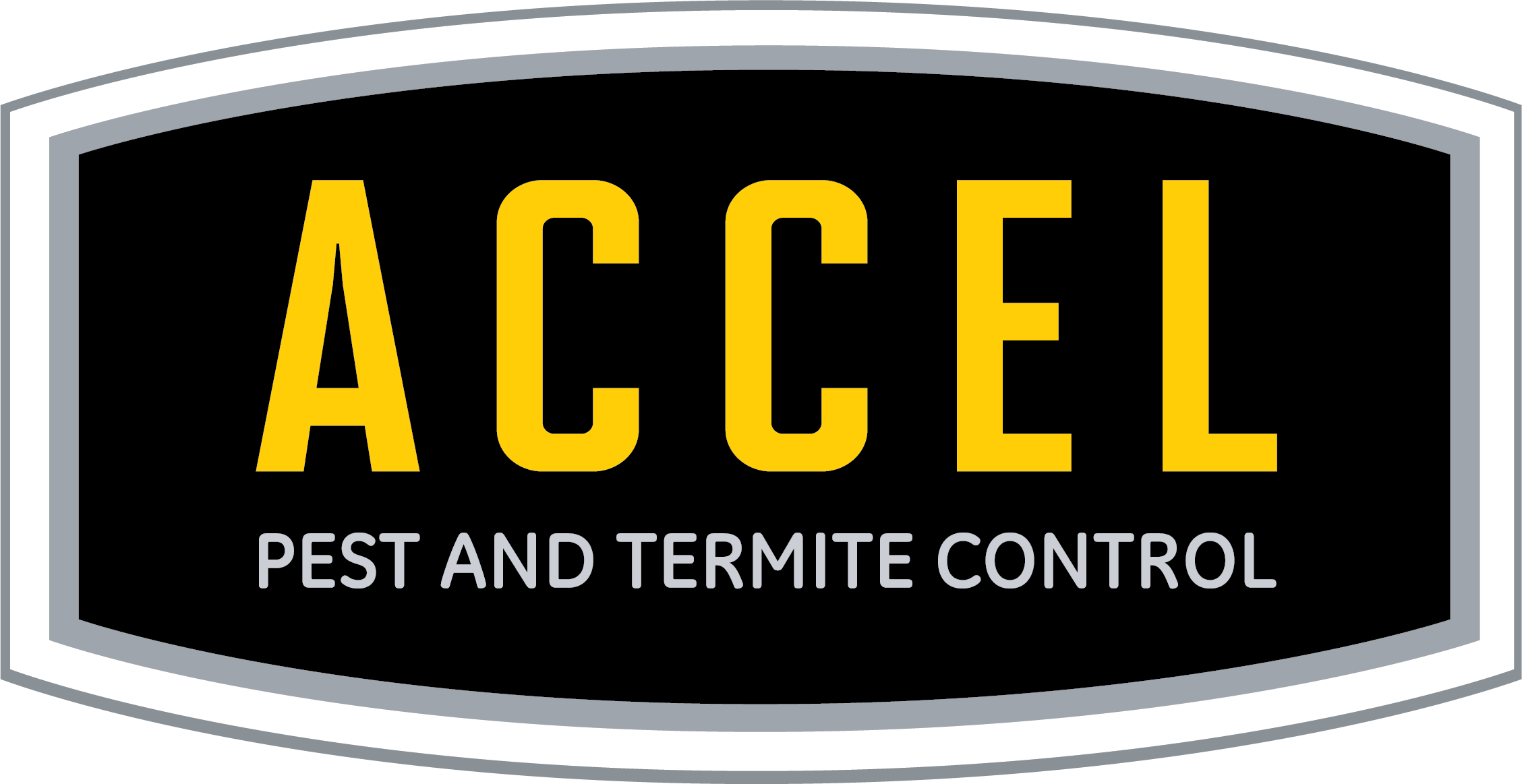Preventing Winter Rodent Infestations: 5 Tips

With the onset of winter, homes and businesses become more susceptible to rat infestations as rats and other pests gravitate toward indoor warmth and shelter. These unwanted guests pose many issues, ranging from property damage to potential health hazards.
Luckily, Accel Pest and Termite Control stands ready to assist in combating this seasonal challenge. Recognizing the signs of rodent activity and proactively implementing measures can help protect your living or working space from the risks associated with winter rodent activity in Virginia and Ohio.
Understanding the Winter Rodent Challenge
Rodents can cause structural damage, contaminate food, and spread diseases, so understanding their winter behavior is important for Chesapeake pest control. Due to food scarcity outdoors, rodents are more inclined to invade homes during winter, making early detection and prevention crucial. Knowing how to keep rats away and being aware of the signs of rats in the house can effectively help in dealing with infestations before they get out of hand.
Identifying a Rodent Infestation
During the winter, rodents seek shelter from the cold, making early identification of a rodent infestation essential for preventing significant damage to your home. Recognizing the following signs can help protect your home from rodent invasions.
1. Droppings and Urine
Look for small, pellet-like rodent droppings in concealed areas, such as behind furniture, along baseboards, and inside cabinets, as they are clear indicators of an infestation.
2. Gnaw Marks
Rodents gnaw on wooden furniture, electrical wires, and plastic pipes to help keep their teeth from getting too long. The presence of bite marks on wood, plastic, or even electrical wiring around your home is a significant indicator of rodent activity.

3. Nests and Nesting Materials
Rats and mice often create cozy hideaways using various materials to breed and seek shelter. Spotting these nests or nesting materials, such as shredded paper, fabric, or dried plant matter, could indicate the presence of rodents in your home. Check for these signs in attics, basements, and behind appliances.
4. Strange Noises and Odors
The presence of scratching, scurrying, or squeaking noises in your walls, ceilings, or floors and the detection of a strong, musty odor in enclosed spaces may indicate a rodent infestation. You should consider these signs since they often indicate a bigger problem.
5. Sightings
Spotting a single rodent or catching a glimpse of one can indicate an infestation. Since rodents are typically active at night, seeing them during the day may suggest a large population. If you witness rodents scurrying in plain sight, especially in common areas or along frequently traveled paths, it’s crucial to address the issue immediately.
Tips for Preventing Rodent Infestations
Consider the following recommendations to significantly reduce the risk of a rodent infestation in your home or business.
1. Seal Entry Points
To protect your property from rodents, seal off any potential entry points using steel wool, hardware cloth, or caulk. Address gaps around doors, windows, pipes, and utility lines to prevent rodent access. By diligently closing these potential entry points, you can significantly decrease the risk of rodent infestations.

2. Maintain Cleanliness
Store food in airtight containers, maintain regular garbage disposal, and declutter your living or working space to prevent rodent infestations. Keeping food sources clean, cleaning garbage areas, and organizing storage areas deters rodents.
Routine cleaning activities such as sweeping, mopping, and sanitizing contribute to keeping rodents at bay. By prioritizing cleanliness in your living or working environment, you can minimize the factors that attract rodents and reduce the risk of infestations.
3. Remove Attractants
Store pet food in sealed containers and fix leaky faucets around the house to deter rodents. Keep firewood away from buildings and trim overgrown vegetation to minimize hiding spots. Practicing these tips removes the shelter, food, and water sources that attract mice and rats.
4. Use Traps and Baits
Strategically place traps and baits where rodent activity has been observed, utilizing snap, electronic, or live traps. To control rodent populations, you can also use enticing baits like peanut butter or dried fruits. Regularly inspect and reset traps, customizing the trap and bait combination to the specific rodent species to efficiently reduce numbers and mitigate infestation risks.
5. Seek Professional Assistance
When facing complex pest issues, professional assistance is essential. You can enhance your defense against rodent infestations through regular inspections and precise treatments with Accel Pest and Termite Control. Accel’s rodent control specialists have the experience and tools to evaluate, address, and supervise various pests.
Whether it be rats or mice, our expertise ensures a thorough and targeted pest eradication approach. Trust in our skilled professionals to adeptly manage pest problems, offering tailored rodent solutions that employ eco-friendly methods to protect your property.
Stay Prepared for Winter Rodent Threats With Accel Pest and Termite Control
Taking proactive measures is the key to a rodent-free home. If you suspect a rodent infestation, Accel Pest and Termite Control offers the expertise to help manage rats on your property.
Our targeted solutions and deep understanding of local rodent behaviors can help protect your home or business from winter rodent activity in Ohio or Virginia. Reclaim your space by contacting Accel Pest and Termite Control or scheduling a service today.
